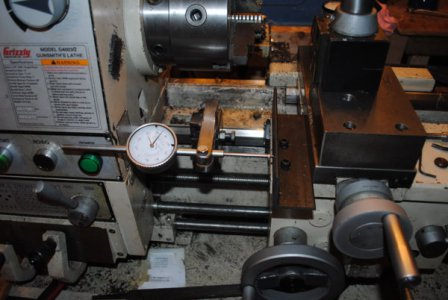- Joined
- Nov 27, 2012
- Messages
- 7,912
For sure! It is a lot easier to stop the carriage while watching the needle swing around the indicator than watching a bunch of flickering numbers. DRO's work for that job, but not as well for me. I can open the half nuts on a 20 TPI thread at 300 rpm within a few thousandths using a dial indicator, but I do not have any DROs so I have not learned the skills of using one.
IMO it's impossible trying to stop on or close to a number when the carriage is power feeding with a DRO. If there's people out there that do it, I have no idea how & give them 2 thumbs up. Full on DROs are awesome (not talking about the simple igaging units, nothing against them though) which I did not realize until having. So much more you can do with them, saves LOTS of time, and yes I will say it, it can make you a better machinist.
For the same reason, you won't see digital numbers for the tachometer on a race car. Even on supercars where an analog needle can't keep up with how fast their engines rev, they use a full digital display but the tach is still displayed as a needle on a dial.

